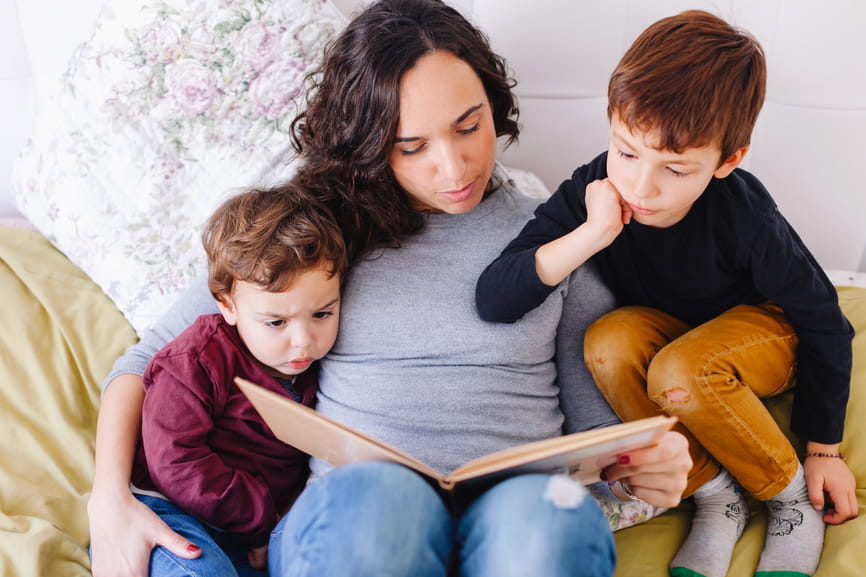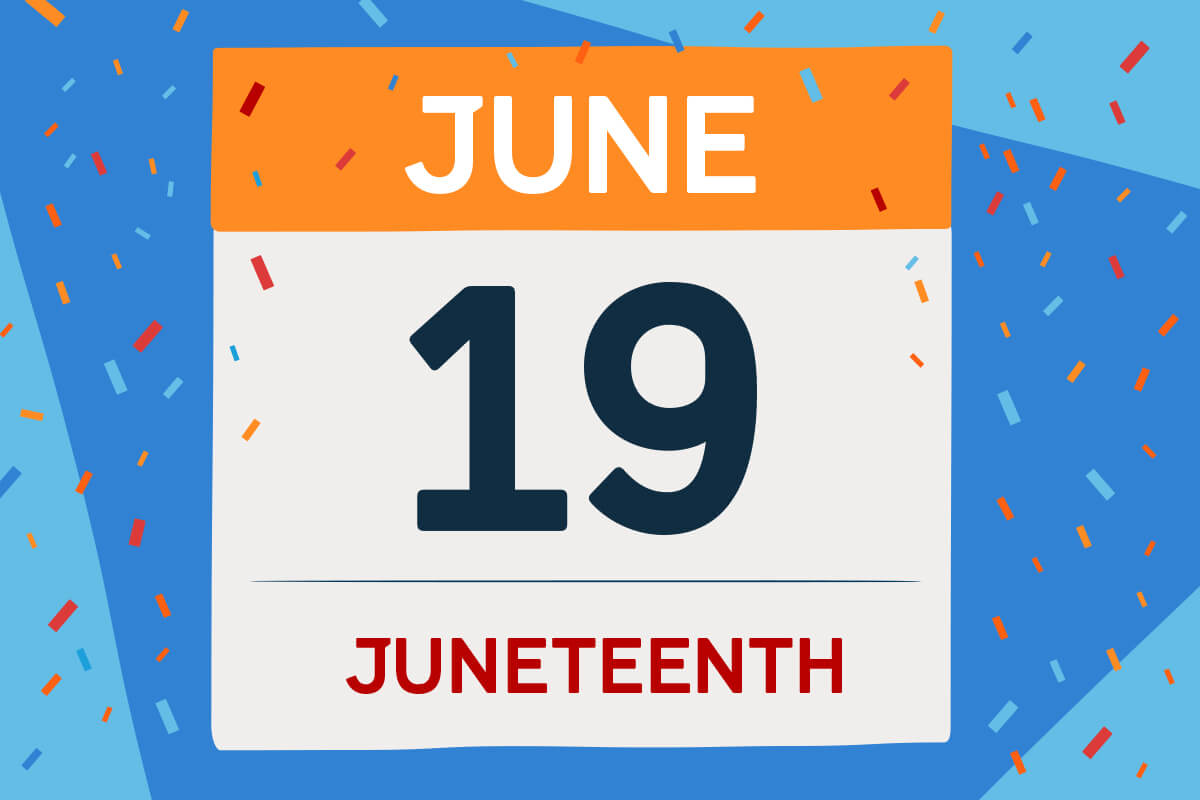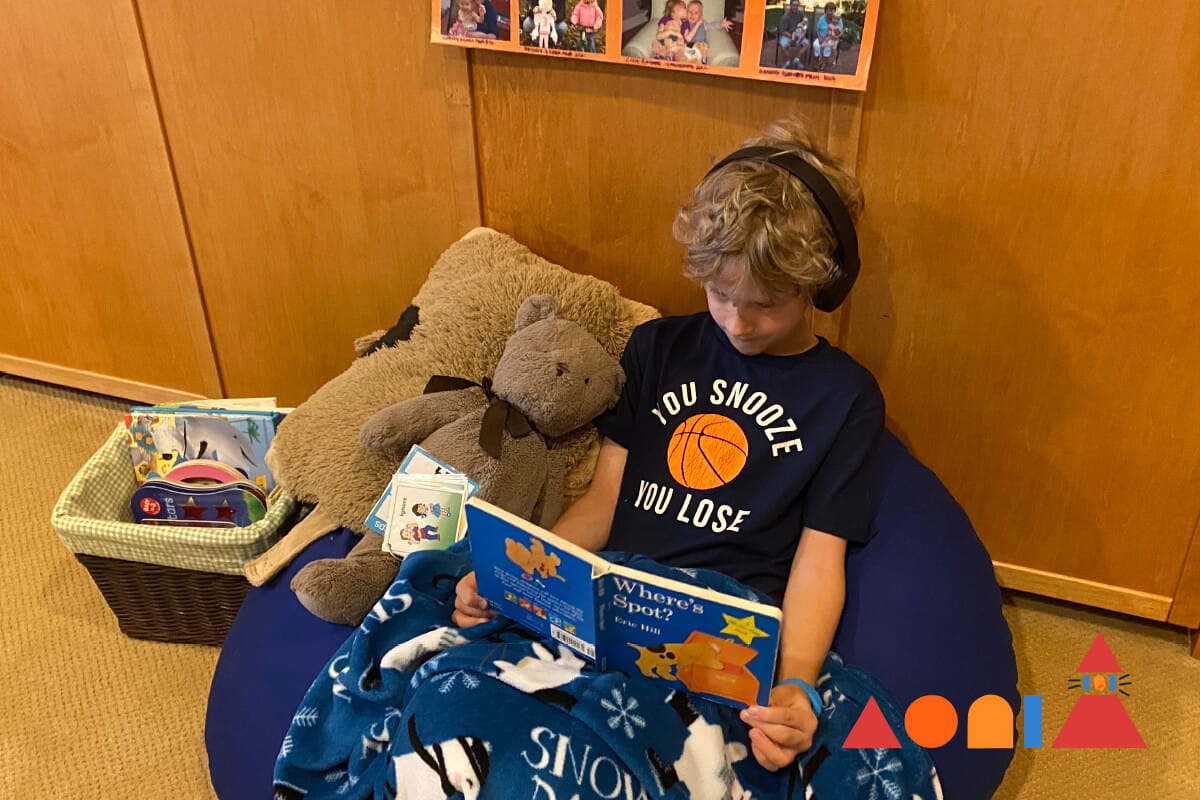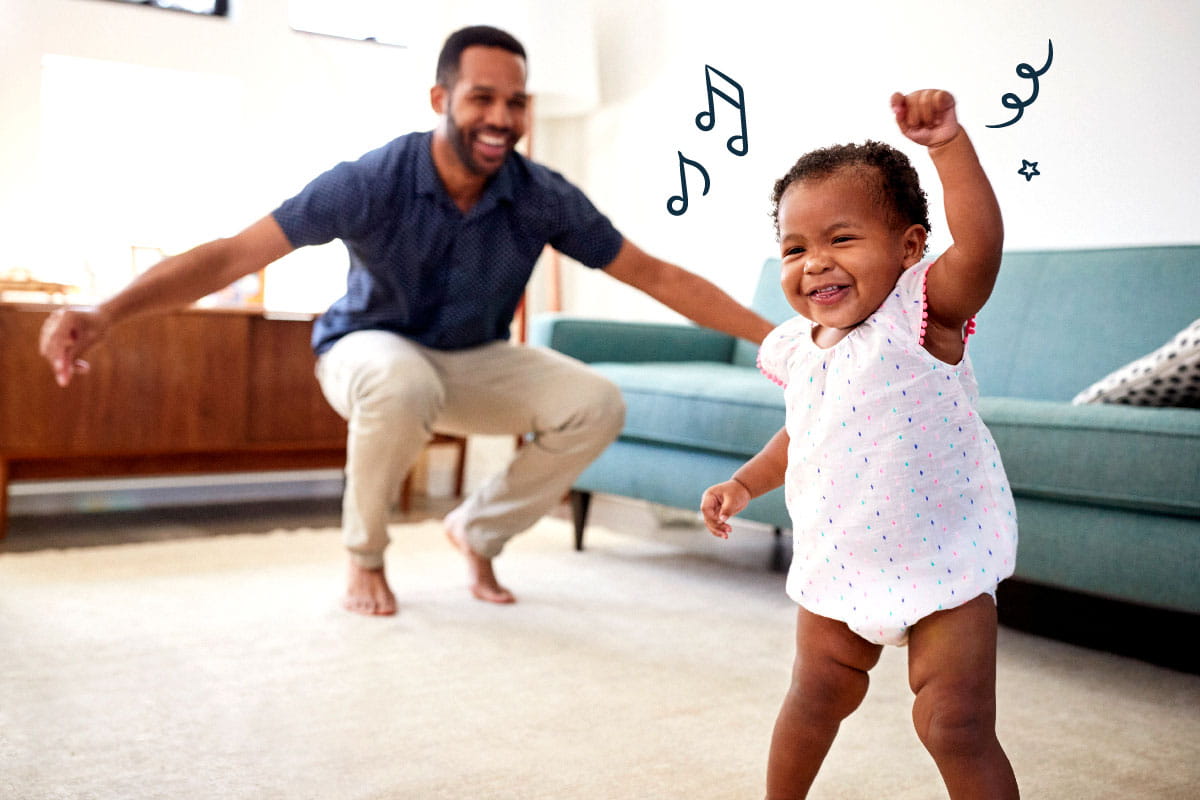Raise a Book Lover: How to Read With Your Child at Every Age

When you’re cuddled up in bed together, it’s hard to tell what your sweet little babe is actually absorbing from a moving rendition of Goodnight Moon. As she grows, does looking at a single page in Curious George, and then flipping through The Cat in the Hat—upside-down—really count as reading?
“Yes, it does,” says Marianne Walters a curriculum developer at KinderCare Education. Walters is something of a children’s book bibliophile: She helps pick the books that we read in our classrooms, has two young children of her own, and understands how reading changes as children grow—and how grown-up readers can grow along with them.
Book Babies (Ages 0-1)
Reading with an infant is all about hearing new words and spending time together. Babies under the age of one are too young to follow a story, but they love to snuggle up and listen to you read!
-
Your Parenting Play: Don’t worry about trying to read a book from start to finish. Even if you read one page forward and two pages back (over and over again), your little guy is learning to recognize language: Those vowels and consonants will help him with his first goo-goo or gaa-gaa.
-
Great Reads: Recognizing familiar objects makes babies happy! Look for brightly colored books with simple images of things he knows—a ball, a dog, a bottle. Babies also love looking at faces, another familiar and fascinating view that he sees in his new world.
Speedy Readers (Ages 1-3)
Between the ages of 1 and 3, toddlers are so busy exploring that sometimes they want to turn pages too fast to read—and that’s okay. By age 1, some children may be able to sit and listen to a book, but really, it’s different for every child—and it’s likely to be different every time you sit down.
-
Your Parenting Play: Let her explore, flip pages, even pull books off the shelf one by one, whatever they wish, says Walters. “At this age, that’s still reading together,” says Walters. The routine of reading—choosing a book, turning pages, looking from left to right, moving from cover to back page— takes a good two years for a child to learn—and that takes practice.
-
Great Reads: Your toddler loves to feel successful and independent (she may have entered the age of Do it MYSELF!!!) so she loves reading a book that she can master. Try books with one or two words on a page—duck quacks, bubble pops, doggie barks—she’ll delight in repeating short, concrete phrases that mimic how she speaks. Sensory touch books can help super-busy toddlers slow down and explore pages.
Book Worms (Ages 4-5)
Even if your little librarian has started reading himself, by sounding out letters or recognizing some words, reading together is still a great thing. Why? As he starts school, story comprehension—understanding the what, why, how, and who of the tale—will be just as important as reading independently. And his comprehension will be higher when he can can simply listen to you read, without working to decode the letters on the page by himself.
-
Your Parenting Play: Help your child understand the story by asking lots of open-ended questions. To get to the heart of the book, Walters likes questions that start with why and how: Why is the little bear laughing? How do you think the story will end?
-
Great Reads: Let your curiosity be your guide! Read broadly on whatever strikes your and your kiddo’s fancy. Maybe your next book introduces him to a new culture, teaches a lesson in friendship, or delights him with funny characters. Maybe it’s simply a beautiful book. After all, reading together should still be a joy.
And at every age, know that children can listen to a book that’s currently above their heads: They are still learning language sounds, the routines of reading, and of course, bonding with you.
Happy reading!




